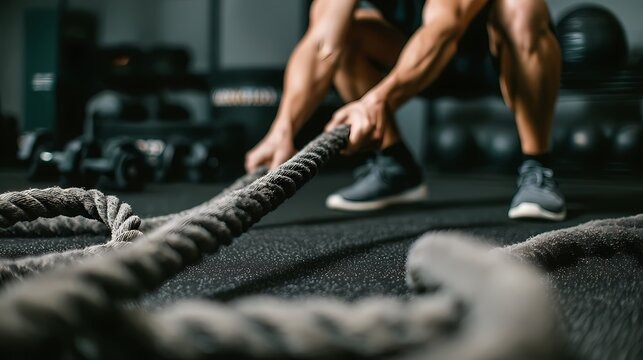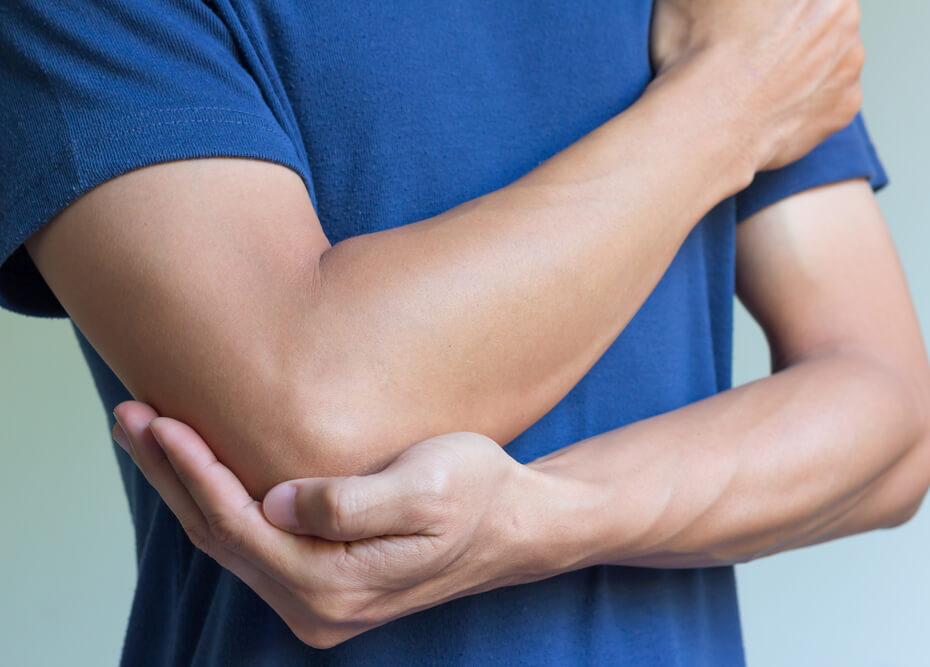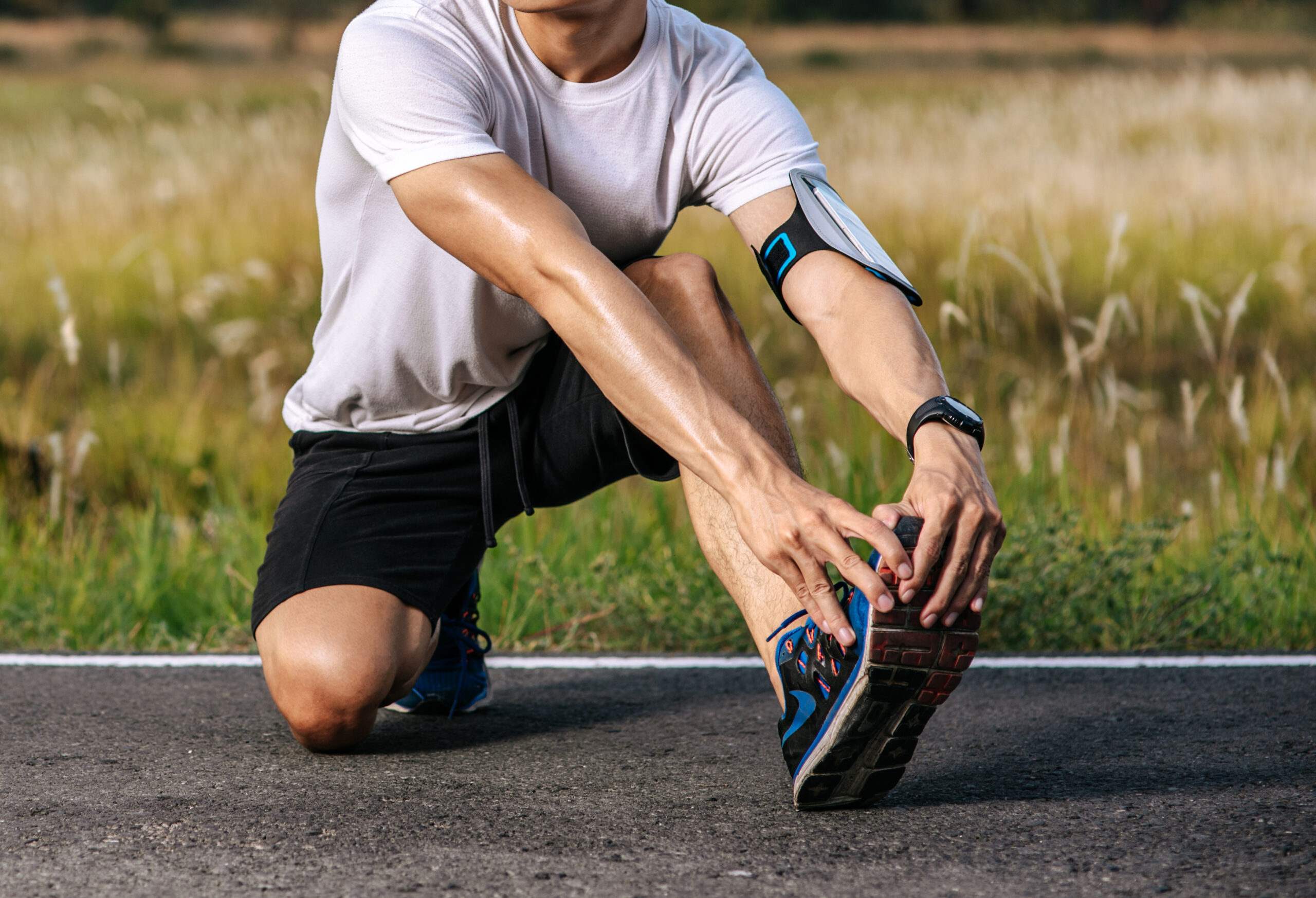Deep cleaning is a great way to refresh your home, but did you know that improper posture and overexertion can lead to muscle strain? Many people suffer from back, shoulder, and knee pain due to repetitive movements like bending, lifting, and scrubbing.
In an interview with Lianhe Zaobao, Dr Bernard Lau, an orthopaedic specialist at HMI Medical Center and The Orthopaedic Practice & Surgery, shares advice on common cleaning-related injuries, tips for maintaining proper posture, and how to prevent muscle strain.
From choosing ergonomic cleaning tools to taking regular breaks and following the R.I.C.E. method for minor injuries, these practical tips will help you stay pain-free while keeping your home spotless!
Translated Article
Avoiding Muscle Strain During Spring Cleaning
Spring Cleaning and Muscle Strain Risks
As the Lunar New Year approaches, many households are busy with spring cleaning.
However, poor posture, excessive fatigue, and dehydration can lead to muscle injuries.
Dr Bernard Lau, an orthopaedic specialist at HMI Medical Center, explained in an interview with Lianhe Zaobao that repetitive actions such as bending, lifting, and scrubbing can cause muscle strain, particularly in the back, shoulders, and knees.
Common Causes of Muscle Strain
- Muscle Fatigue
- Repetitive movements without breaks lead to muscle fatigue, increasing the risk of injury.
- Muscle Imbalance
- Overusing some muscles while neglecting others causes imbalance, making injuries more likely.
- Poor Posture
- Incorrect posture when bending, lifting, or scrubbing puts additional strain on the back, shoulders, and knees.
- Accumulated Stress
- Repeated motions over time create pressure on muscles and connective tissues, leading to damage.
High-Risk Cleaning Tasks That May Cause Injury
Dr Lau warns that even common cleaning tasks can lead to muscle strain if not done properly.
- Vacuuming and Sweeping
- Requires constant arm movement and bending to reach low areas, straining the shoulders, upper back, lower back, and wrists.
- Tip: Use an ergonomic vacuum cleaner with a comfortable grip and avoid twisting your body. Alternate hands when sweeping.
- Mopping and Scrubbing
- Prolonged bending, twisting, or kneeling places strain on the lower back, shoulders, and wrists.
- Tip: Use a mop with a long handle to reduce bending. Consider using knee pads for floor scrubbing.
- Wiping Windows
- Reaching up to clean windows can strain the shoulders, neck, and back.
- Tip: Avoid raising your arms for long periods—instead, use a step stool or ladder. Alternate hands while wiping. Use microfiber cloths or rubber squeegees to reduce effort.
- Cleaning Ceiling Fans, Lights, or High Shelves
- Stretching your arms overhead and twisting your body puts pressure on the shoulders, neck, and back.
- Tip: Keep your arms at shoulder height rather than fully extending. Use a stable step ladder for better posture.
- Lifting and Moving Heavy Objects
- Carrying furniture and heavy items strains the back, arms, and legs.
- Tip: Lift using your legs, not your back. Keep objects close to your body and avoid twisting your torso. Seek help if the object is too heavy.
How to Prevent Muscle Strain During Cleaning
- Take frequent breaks – Avoid overworking muscles and allow time for recovery.
- Maintain good posture – Keep your back straight and avoid twisting your body.
- Stay hydrated – Dehydration worsens muscle fatigue and cramps.
- Eat a light, nutritious meal before cleaning – Provides energy to prevent exhaustion.
- Use ergonomic tools – Lightweight vacuum cleaners and adjustable mops reduce strain.
- Wear supportive shoes – Cushioning helps prevent foot pain and instability.
- Stretch before and after cleaning – Improves flexibility and prevents stiffness.
- Plan cleaning tasks efficiently – Tackle small areas first to avoid repetitive strain.
- Rest every 30-60 minutes – Take a 5-10 minute break to prevent overexertion.
- Listen to your body – If you feel tired or sore, stop and reassess your method.
If You Experience Muscle Strain, Follow the R.I.C.E. Method
Dr Lau recommends the R.I.C.E. method for minor muscle injuries:
- Rest (R) – Stop using the injured muscle to prevent further strain.
- Ice (I) – Apply an ice pack (wrapped in a cloth) within 48 hours to reduce swelling and numb pain. Ice for 15-20 minutes every 1-2 hours.
- Compression (C) – Use an elastic bandage to minimize swelling, but avoid wrapping too tightly.
- Elevation (E) – Raise the injured area above heart level to reduce swelling, especially for leg or back injuries.
Over-the-counter pain relief – Nonsteroidal anti-inflammatory drugs (NSAIDs) like ibuprofen can help reduce pain and swelling.
Gentle stretching – After 48 hours, start light movements to prevent stiffness and speed up recovery.
















